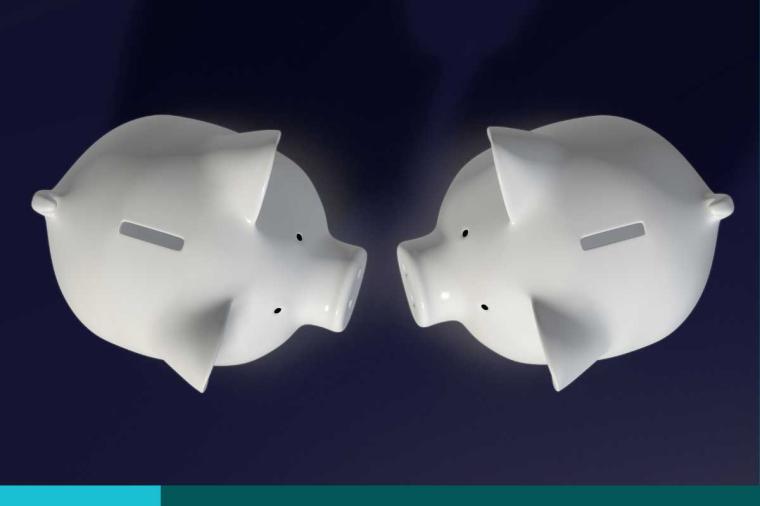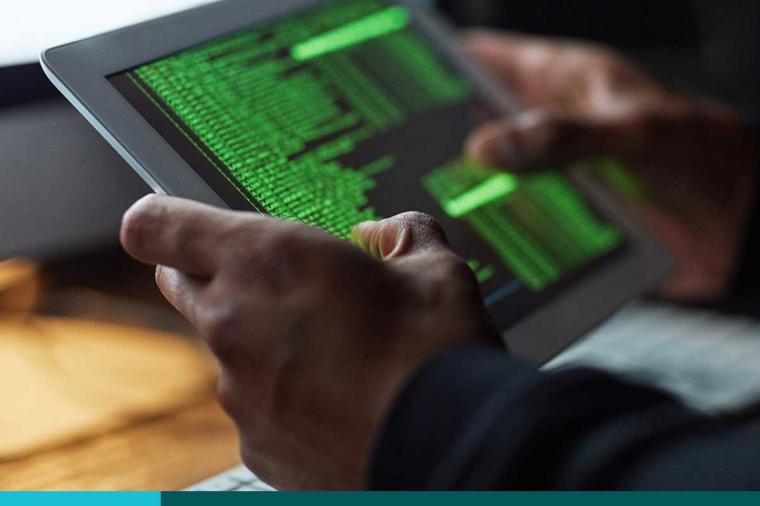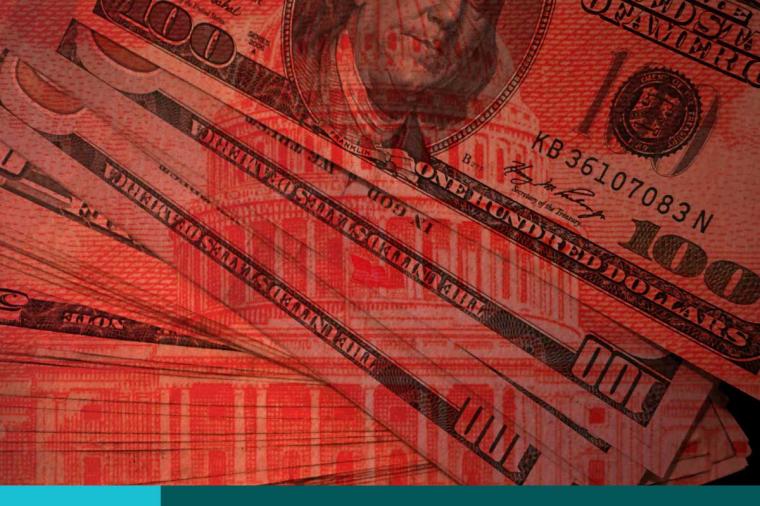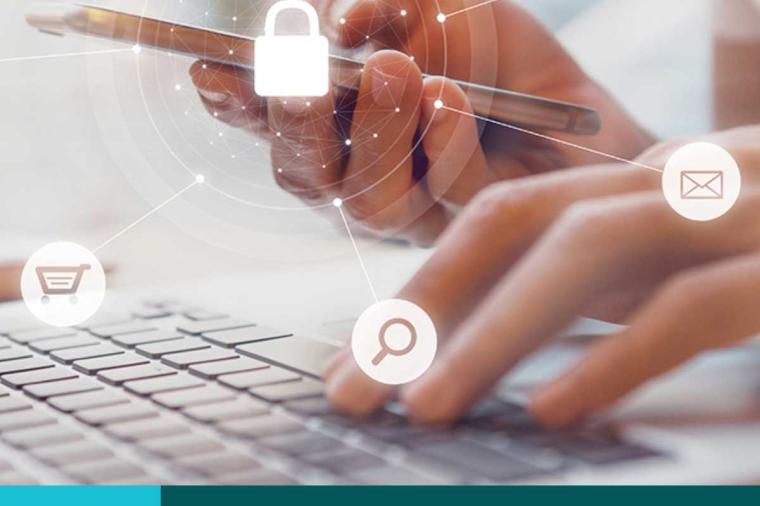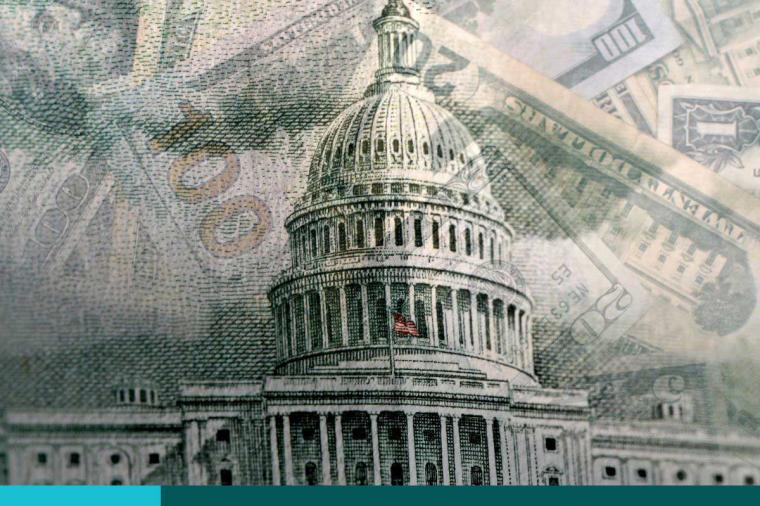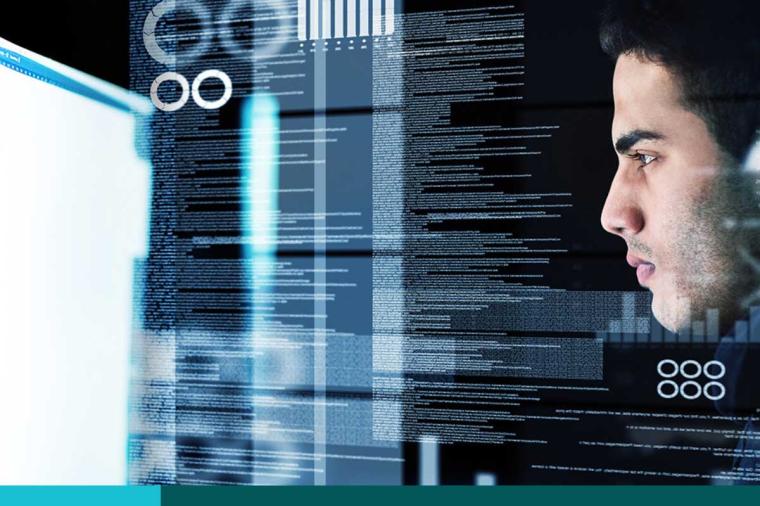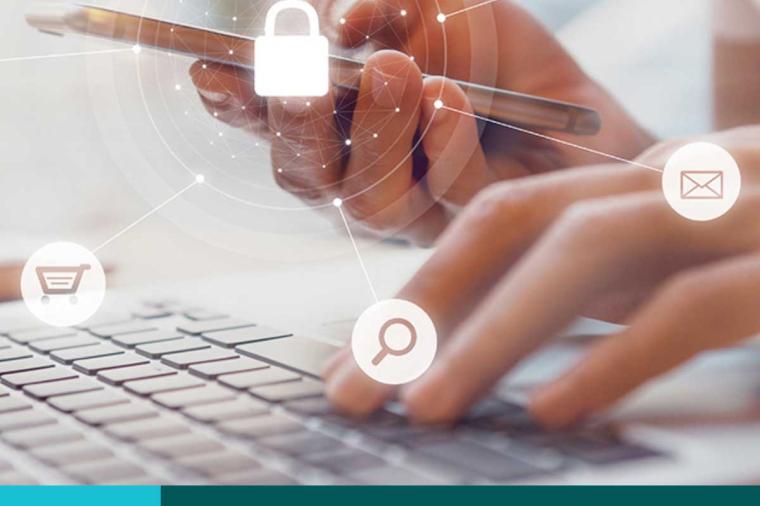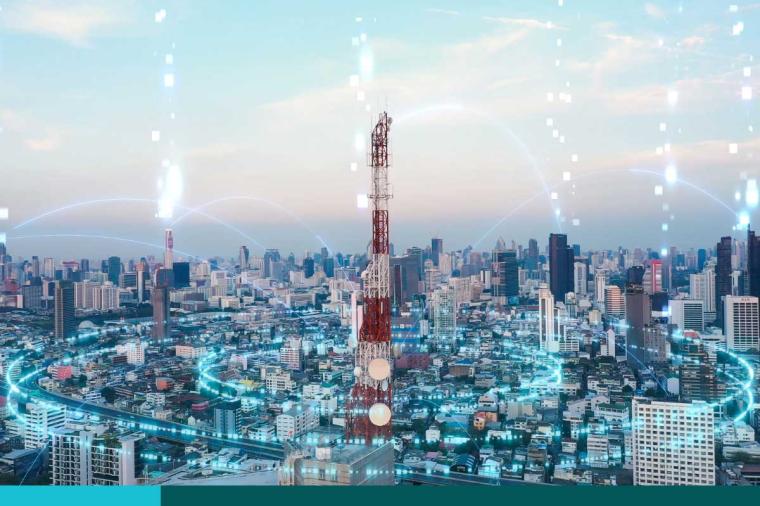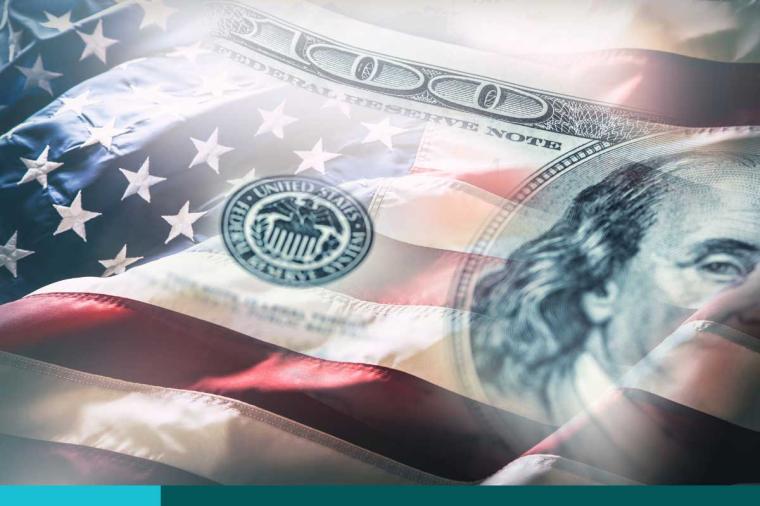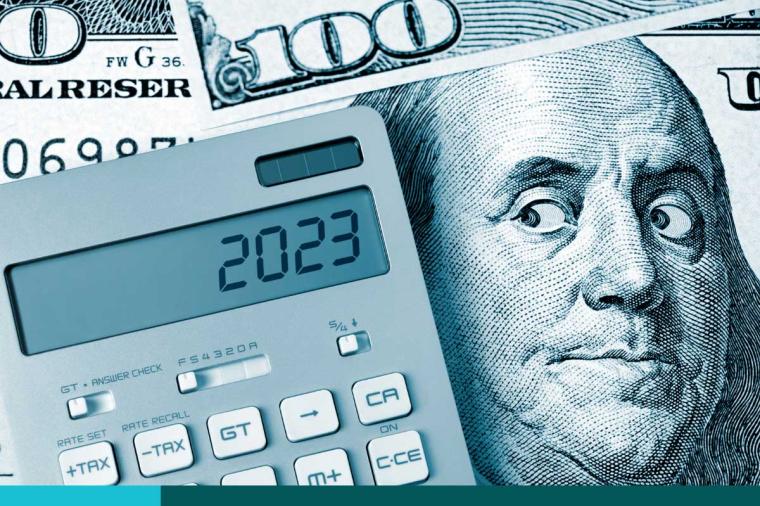This is Why 2018 Will Be the Year of Blockchain in Government
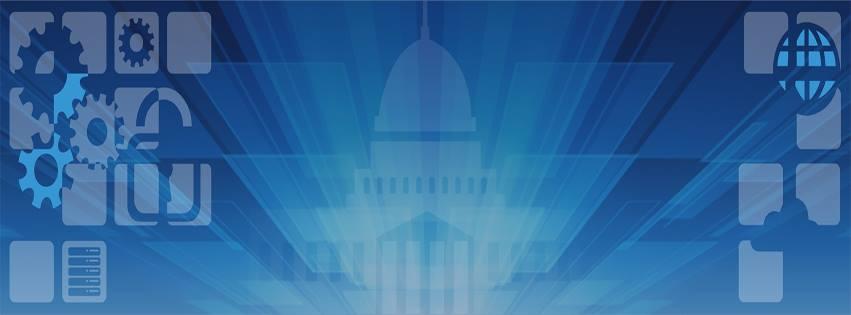
There’s been a lot of buzz about blockchain in 2017. It was only a few months ago in March 2017 that Betanews predicted that blockchain would be the buzzword that would take 2017 by storm. And it did, expanding beyond the financial community where it’s had a home for several years and breaking into other enterprise sectors.
But few foretold that blockchain would have such a hand in government digital transformation in 2017. In fact, the two go hand in hand.
What is Blockchain?
A blockchain is a decentralized and distributed database that features a continuously growing list of records, known as blocks. These are linked using cryptography and are resistant to manipulation of data, making them a highly secure way to record transactions between two parties efficiently and in a permanent way. Because of this, blockchain can be used to record almost anything – transactions, contracts, online voting, medical records, and more.
It’s Great for Cybersecurity and Rooting Out Fraud
Over at DoD, blockchain is being eyed as a way to improve cybersecurity, while the State Department is looking to leverage it as part of its reorganization efforts to eliminate waste. The Department also sees potential for blockchain to aid in rooting out corruption, fraud, or misappropriation of finds in the delivery of foreign aid.
But It’s Also Transforming Government Procurement
Another use case for blockchain is currently receiving its finishing touches. GovLoop reports that GSA’s IT Schedule 70 Operations has developed a blockchain-based proof of concept that could fundamentally change its acquisitions process by speeding the addition of new vendors on Schedule 70.
“Each year, tens of billions of dollars go through GSA’s Multiple Award Schedules — but we’ve heard time and again from the vendor community that getting on Schedule is too hard and takes too long. And that once you’re there, making changes to a contract is a long, difficult process,” said Kay T. Ely, Deputy Assistant Commissioner, ITS.
In the past it took on average 110 days to get on the Schedule. With blockchain, GSA can review financial information submitted by vendors almost instantly and in its first pilot was able to cut lead times to 45 days. More recently that time has shrunk to less than 20 days. The Administration has also increased operational efficiencies allowing it to process changes or additions to current contracts much quicker than before, going from an average of 10-15 days to under 24 hours!
2018 – The Revolution Continues
Keep an eye on blockchain in 2018. It’s likely to revolutionize government.
In the meantime, see how your agency can benefit, check out ACT-IAC’s playbook: Enabling Blockchain Innovation in the Federal Government.
